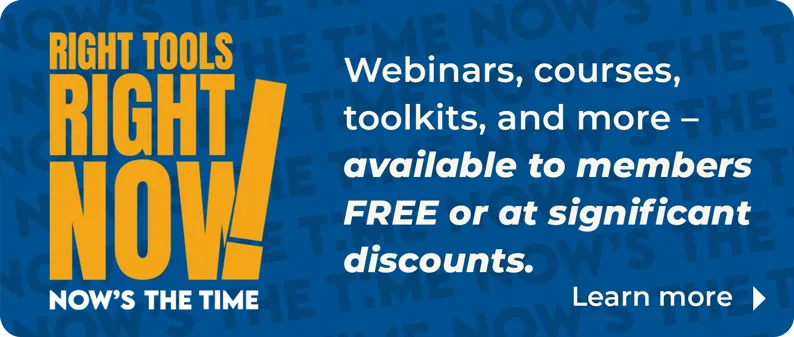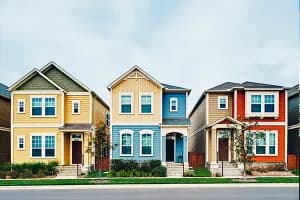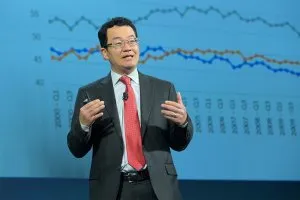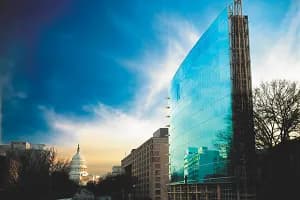Cycles. They’re everywhere. Moving through time with us, each with its own rhythm. Sunrise, sunset, the seasons, the political pendulum that seems to swing slowly back-and-forth, and the economy. Some are set in stone; others are influenced by external factors and thus wobble in their timing.

The economy doesn’t exist as a single system, but as many layered and interconnected ones. We each have our personal economy, plus the town or city in which each of us lives has its particular economy, and states and countries, too. In this edition of On Common Ground, we take a deep dive into local government finance to examine the state of the local government economic cycle, the pressures these entities are facing, the sources of these challenges and how communities around the country are finding solutions to their unique circumstances.
We examine these issues, such as what the impact of development patterns, driven by zoning, have on the long-term costs local governments face. Add to that, the new budget line item that many areas face: preparing for extreme-weather impacts, as well as preparing for cleanup and rebuilding after they occur. Additionally, as scarcity of housing, and thus its cost, continues to creep higher, these costs add a weight to local budgets, as well as the people who seek shelter.
To balance budgets, many communities are turning to practical strategies that reduce operating costs while still delivering essential services. Adaptive reuse has emerged as a powerful cost-saving tool in the post-COVID landscape, where many office and commercial buildings no longer serve their original purpose but can be repurposed into housing, community facilities or mixed-use spaces. Transit agencies are revising routes and schedules to align with new commuting patterns shaped by hybrid work. Communities are also investing in parks and trail systems, which not only enhance quality of life but generate economic activity by attracting residents, visitors and spending. Together, these approaches demonstrate how local governments are stretching limited resources while still building vibrant, resilient places.
These economic cycles are rarely uniform within a single community. While one part of town may be in decline, another may be experiencing revitalization and new investment. These localized upswings create opportunities for “value capture” — allowing local governments to harness a portion of rising property values or private investment to fund the public infrastructure that makes that growth possible.
The only constant in these cycles is change, and as we head into fall, it feels as though communities across the country are once again entering a season of transition — both literally and economically.








